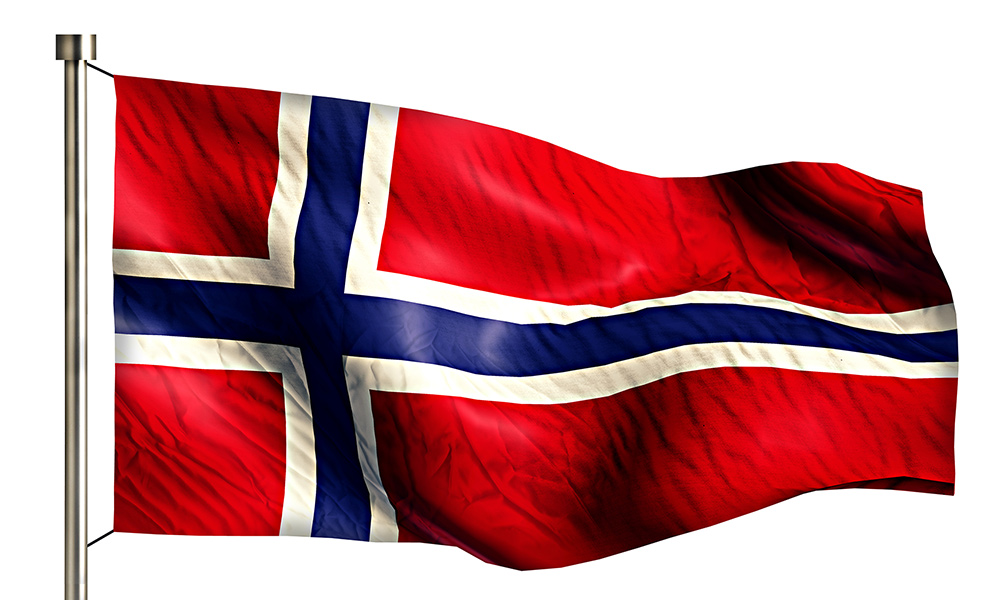NORWAY’S maritime identity is rooted in seafaring traditions. With one of the longest coastlines in the world, the country’s history, geography and economy are shaped by the sea.
Throughout the 1900s Norway emerged as a major maritime transporter of the world’s goods and as a leader in specialised shipbuilding. In the 1970s its maritime industry shifted toward offshore oil and natural gas. By the 1990s, Norway had become a world leader in petroleum exports.
TRADE OVERVIEW
The Norwegian government says the country’s ocean industries together account for around 70% of Norway’s export earnings. It claims Norway is not only one of the world’s largest oil and gas producers, but is also one of the world’s biggest and most advanced shipping nations.
Australia and Norway established diplomatic ties in 1947. The latest data from the Department of Foreign Affairs and Trade said two-way goods and services trade between the two countries was valued at just over $1.1 billion in 2021. Though exports that year were primarily services, DFAT noted renewable energy companies in Norway are making significant investments in Australia.
THE INDUSTRY LANDSCAPE
In 2022 there were 1592 vessels in Norway’s merchant fleet. The Norwegian Maritime Authority, or Sjøfartsdirektoratet, has jurisdiction over ships registered in Norway and those arriving in the country’s ports.
Port of Oslo is the largest cargo and passenger port in Norway, handling containers, motor vehicles, grain, oil, salt and cement. Port of Oslo’s Yilport-operated terminal handles around one-third of all container traffic moving in and out of the port, and container volumes are increasing.
Port of Bergen is Norway’s second-largest port. It tends to emphasise its activity as a cruise destination, but it also welcomes containerships, breakbulk and ro-ro vessels.
Further north, inside the Arctic Circle, the intermodal Port of Narvik is positioned on the Ofotbanen rail line that connects the port to the Swedish border.

MARITIME CHALLENGES
Norway appears to have taken the helm in the global maritime industry’s energy transition. In 2019 the Norwegian government partnered with the International Maritime Organization to launch the GreenVoyage2050 project. The project aims to help developing countries meet climate commitments and support green technology uptake.
According to the US International Trade Administration, Norwegian shipowners, are lobbying the International Maritime Organization to ban fossil fuels by 2050.
Norwegian ports are also on board with the energy transition. Port of Oslo is aiming to become a zero-emissions port. As more shipping lines and vessels call Oslo, the port says it is mindful of the potential for bottlenecks. It is looking to expand south, away from the city to facilitate the growth.
This article appeared in the March 2023 edition of DCN Magazine







